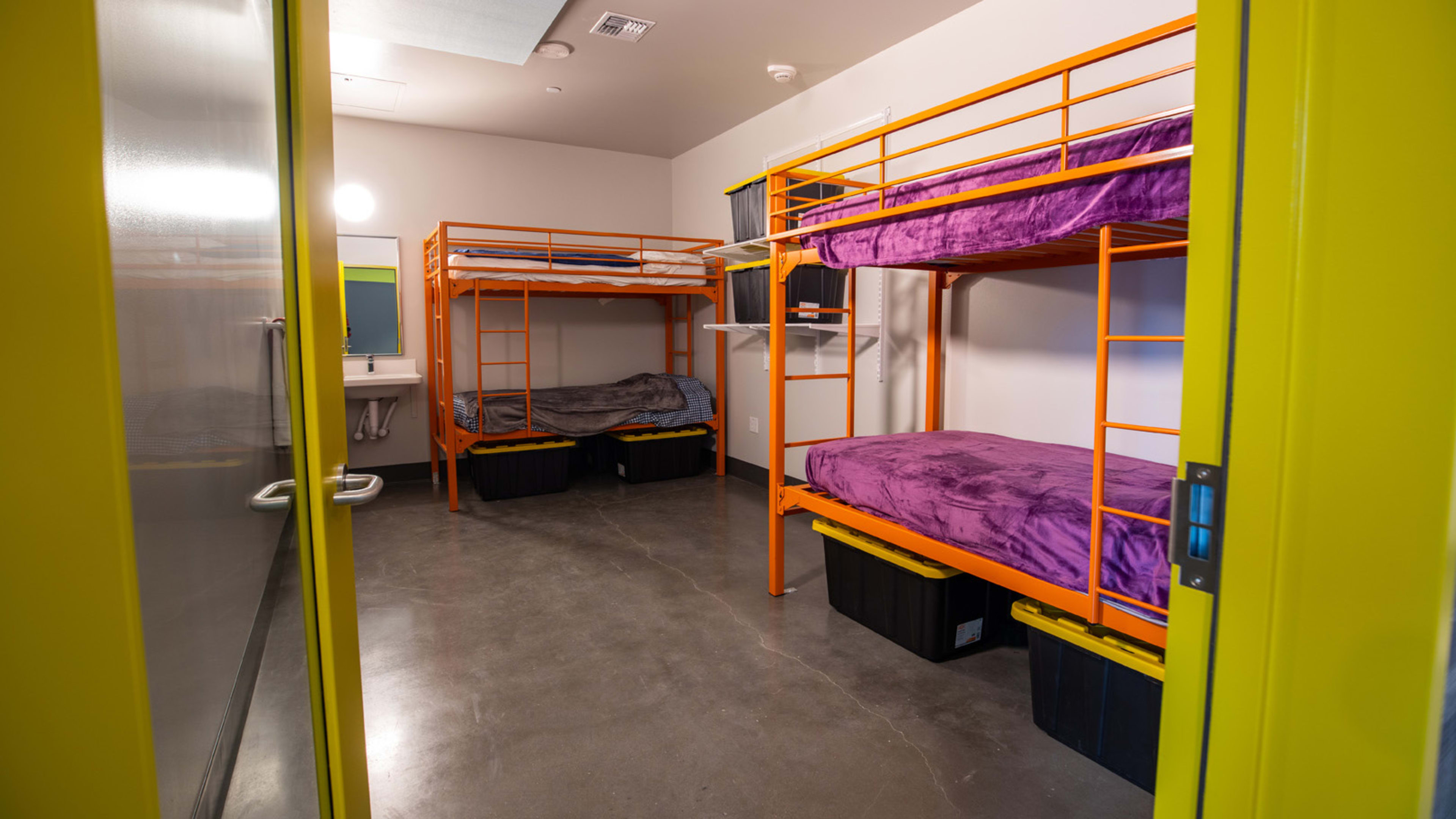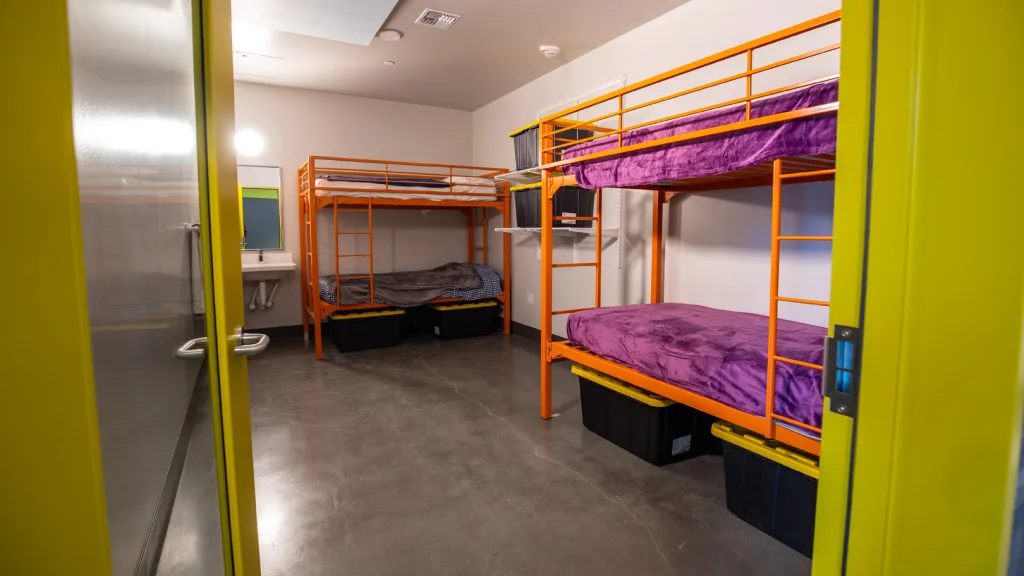On March 5, as coronavirus infections spread in Washington, Amazon started asking employees in its Seattle headquarters to work from home. Four days later, half of one of the company’s buildings opened for another purpose: housing homeless families.
The timing was a fortuitous coincidence—at exactly the time that it was most critical to provide housing to people experiencing homelessness in order to help slow the outbreak, the company happened to be working with a nonprofit called Mary’s Place to open a unique new type of homeless shelter that makes use of corporate space. “It’s in the heart of our urban campus,” says John Schoettler, Amazon’s VP of global real estate and facilities. “It’s an eight-story office building that we’ve taken and essentially divided in half lengthwise. Half of it is divided for use by Amazon. The balance on the other side is used by Mary’s Place.”
Amazon first started working with the nonprofit in 2016 when it purchased land to add new offices and realized that an old motel on the site could be put to temporary use. “It was going to sit vacant until our development cycle came around, and we were waiting to get our building designs and entitlement for the project completed,” Schoettler says. “And it was at that time the mayor declared a state of emergency for homelessness in Seattle.” The company reached out to Mary’s Place, a local nonprofit that had repurposed other old buildings for temporary use as shelters.
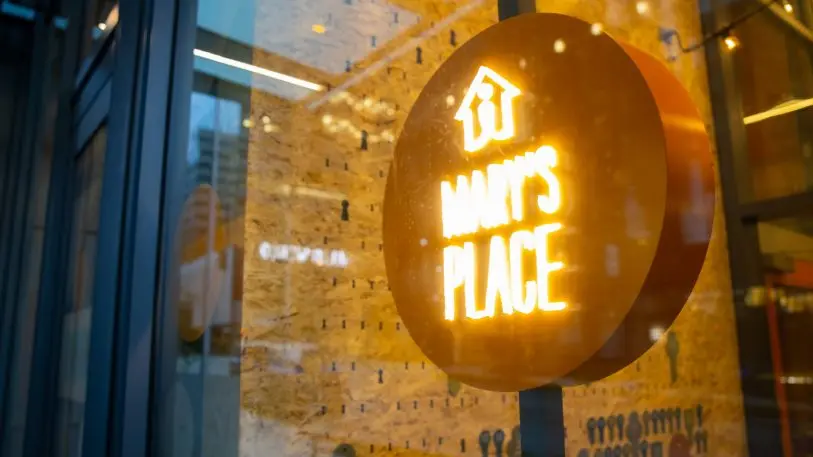
As the partnership progressed, and Amazon employees began to volunteer at the site, the company realized it could take the project further. “They offered us a permanent home, our first forever home, on their campus, which is still really unheard of—any corporation building a shelter into the fabric of their corporate headquarters,” says Marty Hartman, executive director of Mary’s Place. The company offered free rent and utilities, and offered to help design the space.
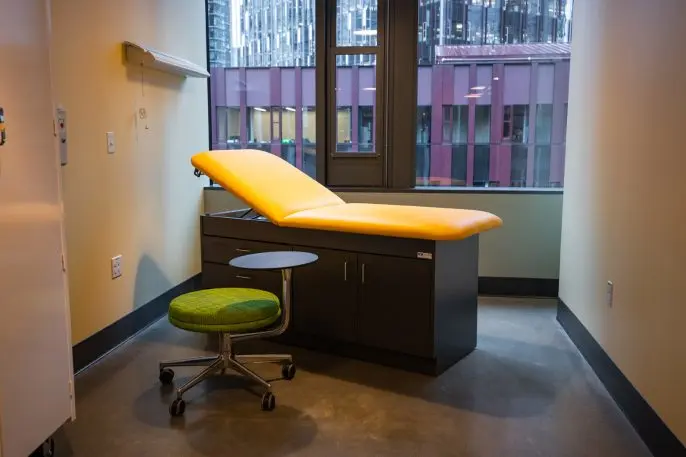
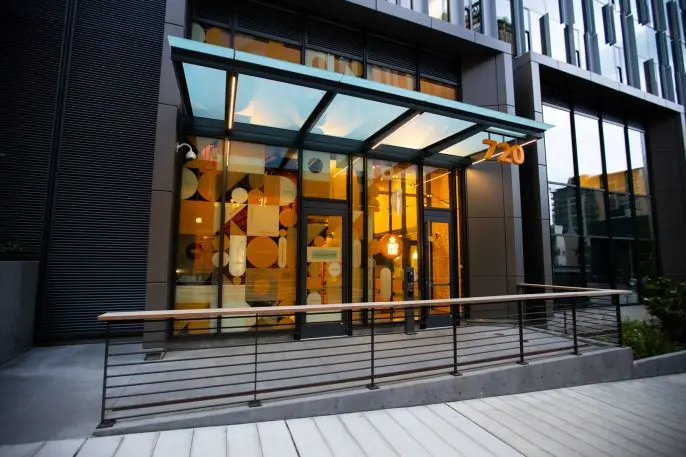
The building had initially been conceived as a typical office tower, so the designers had to rethink how the space could work. The nonprofit wanted separate rooms for families for sleeping, as it had at the former motel, but the original layout didn’t quite translate. “One of the aha moments for our team was realizing that if you are in a room that’s designed for the highest-quality sleep that you can get in a communal environment, you don’t need a window,” says Peter Krech from Graphite Design, who was the design principal on the project. “You need an acoustic door, you need an acoustic ceiling, and you need a really comfortable space. But you can give the daylight and the high-value experiential spaces to the community and social spaces, and you can take the sleeping program and really make it purpose-built.”
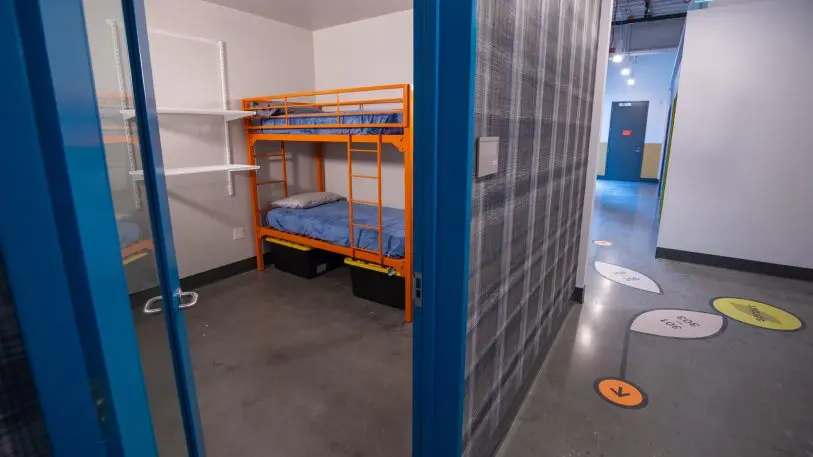
The new shelter has a special focus on health. After recognizing that many homeless families in the area had children with medical issues—Mary’s Place staff met one family who had a son waiting for his seventh heart surgery while living in a car—the shelter dedicated two floors of space to medically fragile children. “We’ll be able to allow them to stay and feel safe and be able to maintain their health and have healthcare right there on-site, but they will also be able to go back and forth to all of their chemo or dialysis or other medical appointments,” says Hartman. Now, during the pandemic, the nonprofit is doing even more health assessments, giving access to COVID-19 testing, following a strict cleaning schedule, and social distancing. As the shelter ramps up capacity, 50 families are now staying there, all in private rooms.
The shelter also has room for guests to meet with service providers—when COVID-19 allows for meetings—to help find permanent housing, practice job interviews, sign up children for school, and take care of other needs. The downtown location means that families can also easily access other services. Volunteers in the area, including Amazon employees, will also be able to work in the space. “We wanted it to feel like a community center,” says Hartman. “Because we know the only way to solve this crisis, and bring every child inside, will be neighbor to neighbor.”
She’s hoping that other companies take inspiration from the new model, particularly at a time when homelessness is projected to increase. “I know not everybody can give a building, but everybody can do something in corporations,” she says. “And their employees want to step up and lean into this crisis across the nation.”
Recognize your brand’s excellence by applying to this year’s Brands That Matter Awards before the early-rate deadline, May 3.
